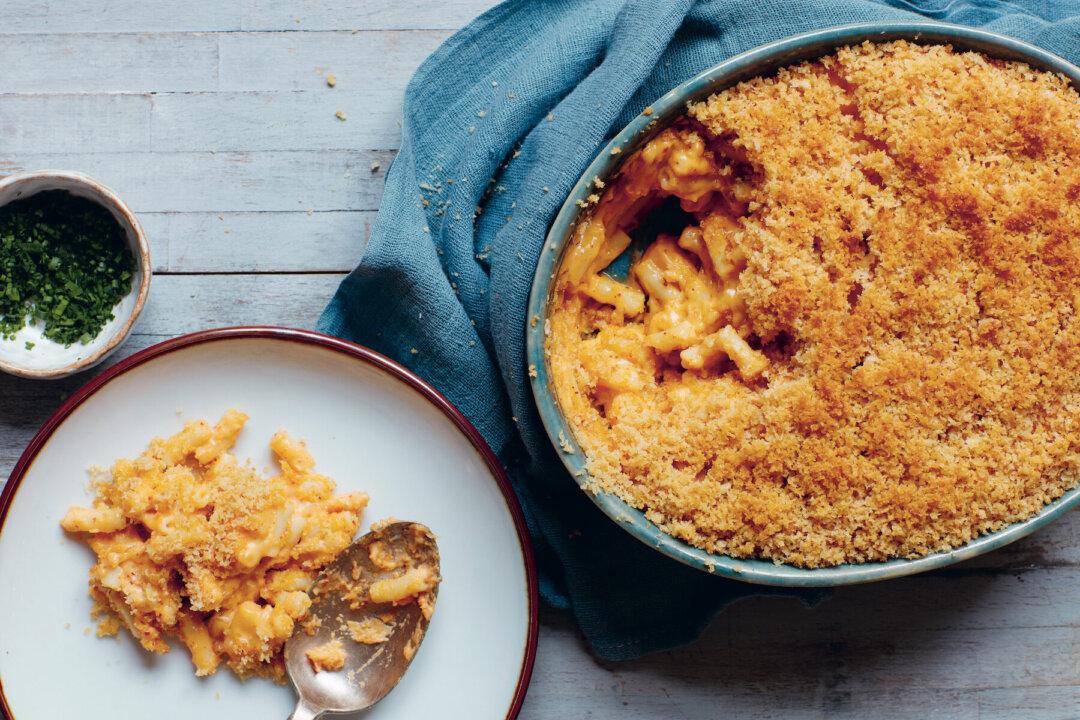“It is the ‘sohn mat’ that makes every kimbap so unique and special,” my mom explained, carefully assembling stacks of julienned vegetables and arranging them neatly by color, ready to be rolled up in rice and seaweed.
Sohn mat, which literally translates to “taste of the hands,” is a Korean phrase that captures a cook’s unique way of cooking by feeling or instinct, adding that personal flourish and magical handmade touch. When you taste the food, you can feel the love of the person who made it—that’s sohn mat.





